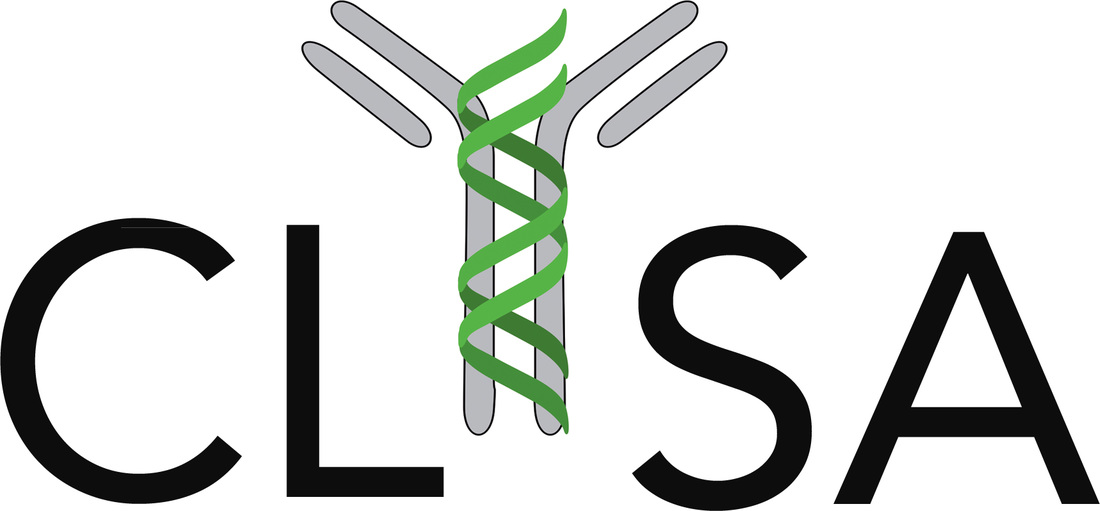Following the release of the Draft Federal Framework on Lyme disease (Feb. 7, 2017), the CLSA issued a detailed critique highlighting numerous inadequacies of this document. Major shortcomings included inaccurately restrictive definitions of the Lyme disease-causing pathogens and their vectors, omission of meritorious scientific evidence, and disenfranchisement of patients and other key stakeholders.
The updated Framework (May 30, 2017) now includes modest improvements to surveillance strategies, such as:
Unfortunately, however, the Framework still largely fails to deliver on the legislated mandate of Bill C-442. Instead, it continues to endorse outdated treatment guidelines while disregarding the considerable body of scientific evidence amassed over the past decade. Many of the concerns we initially raised with the Draft are equally true of this revision. We are deeply disappointed that no further efforts have been made to capture and represent the modern biomedical perspective, or to integrate the experiences and needs of patients.
Ultimately, An Act respecting a Federal Framework on Lyme Disease was intended to facilitate constructive collaboration between political, clinical, academic, and patient sectors, in pursuit of solutions to the growing threat of Lyme disease. A major goal was to reduce the suffering associated with delayed diagnosis and prolonged complications. These objectives simply will not be possible without first bringing the full extent of evidence to bear, and inviting all stakeholders to the table.
The updated Framework (May 30, 2017) now includes modest improvements to surveillance strategies, such as:
- Identifying co-infections as a priority,
- Integrating data from veterinarians,
- Expanding human surveillance efforts to include those patients who do not adhere to strict case definitions.
Unfortunately, however, the Framework still largely fails to deliver on the legislated mandate of Bill C-442. Instead, it continues to endorse outdated treatment guidelines while disregarding the considerable body of scientific evidence amassed over the past decade. Many of the concerns we initially raised with the Draft are equally true of this revision. We are deeply disappointed that no further efforts have been made to capture and represent the modern biomedical perspective, or to integrate the experiences and needs of patients.
Ultimately, An Act respecting a Federal Framework on Lyme Disease was intended to facilitate constructive collaboration between political, clinical, academic, and patient sectors, in pursuit of solutions to the growing threat of Lyme disease. A major goal was to reduce the suffering associated with delayed diagnosis and prolonged complications. These objectives simply will not be possible without first bringing the full extent of evidence to bear, and inviting all stakeholders to the table.


 RSS Feed
RSS Feed
